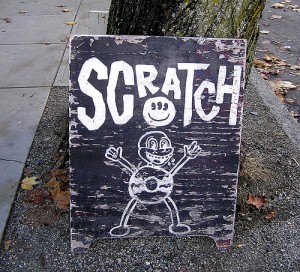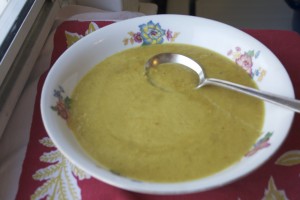 Photo: DHWright
Photo: DHWright
Why is it so hard to market your wine in the U.S.?
Your wine is superb. Your company is respected in Italy. Your marketing materials look fabulous. Why isn’t that enough to market your products in the U.S.?
You need more than la bella figura to sell to American wine buyers.
Today you need more than good looks—and good products—to gain entry to the U.S. wine market.
The American wine market has long been competitive. Now the downturned economy makes things worse.
But there’s good news.
Americans buy wine—even in a slow economy.
While U.S. retail sales—including food—declined in December 2008, wine sales shot up almost 5%, according to winespiritsdaily.com.
Americans may not be buying homes, cars or fancy meals, but they are buying wine.
How can you make sure it’s your wine?
5 tips to help you market your Italian wine in the U.S.
1. Differentiate your product from others. Maybe your wine is better than others. Maybe it isn’t. But the truth is—it doesn’t matter. In a market flooded with many wines, newcomers like you are hard-pressed to compete by claiming superiority. Instead you need to dig deep and unearth qualities that make your wines unique. Are you the first from your region to market in the U.S.? From your wine category? Maybe your product—or company—tells a great story. Work with a good copywriter to uncover what sets you apart—and share your story, your “brand” with your customers.
2. Speak your customers’ language. Yes, you need marketing materials in English. They must be well-translated and correctly spelled. But in addition to being understandable, written materials must be relevant. Stop using marketing that talks about you. Start using marketing that talks about—and to—your customers. Address their needs, wants, and pain points. Have no idea what your customers want? Find out—by building relationship.
3. Stay in touch: Use marketing materials to build relationship. Today your customers are busier than ever. To stay “top of mind,” stay in touch. Use email. Your website. Social media. A newsletter. Engaging catalogs and product sheets. And remember: it’s not about you. Keep content relevant to your customers. The best way to market—especially in a bad economy—is through sustained relationships.
4. Move your customers to action. Marketing must do more than enhance image. It must call your customers to action: persuade them to visit your website, contact you for more information, place an order. Always provide complete contact information so customers can easily answer your “call to action.”
5. Worry less about looking good—and more about being useful. A difficult concept for beauty-loving Italians: Beauty is ONE element of packaging, advertising and marketing. Your materials must also brand, engage, build relationship, persuade and provide all the information customers need to take action.
For more useful marketing and copywriting resources, visit my website, MarketCopywriter.com.





